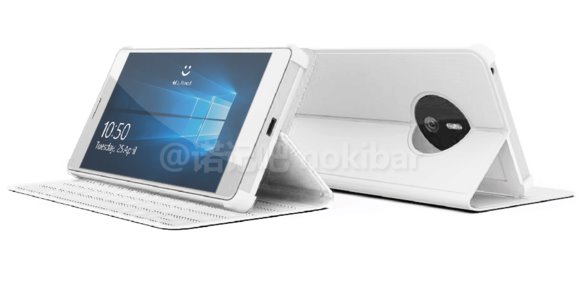Leaked images show most of what the Surface Phone should be, and a few things it should never be.
Weibo, the Chinese equivalent of Twitter, has been a particularly prolific source of information, this week with new leaked images portraying what some are beginning to believe it might possibly be concept images of the fabled Microsoft Surface Phone.

One such report, posted on Weibo from blogging site IT Home, features one of the latest images, whose true source is still unknown, and debatable at best.
The new handset is expected to replace the outgoing Lumia line in April 2017, with rumors and leaks surfacing with impeccable timing, just as industry newscasts of Microsoft pulling out of the smartphone sector, barely get their bandwagon rolling.
In fact, as rumors of the Surface Phone continue to stream from sources considered close to production lines, it seems that Microsoft is not about to give up on making handsets, but rather about “trimming the fat”, starting with the sale of Lumia, a move that has a lot more to do with Microsoft focusing on strengthening its own brand, than it has with any superficial view of Microsoft simply “giving up” on an entire product category, the latter notion of which seems far more far-fetched than the rumors surrounding the Surface Phone.
According to IT Home, the Surface Phone will have a rectangular metal casing, similar to what we have seen so far from Lumia handsets, and will come with some kind of cover, somehow mimicking the look of the Surface Type Cover. The direct translation of IT Home’s blog post refers to a “professional keyboard cover”, although it might be simply a reference to the appearance of the cover, rather than a hint about an actual miniature keyboard built into the cover.
The handset will likely measure 5.7 inches, with a 2K display. The camera, or one of the camera sensors built into the Surface Phone, is expected to feature 20MP and be sourced by Carl Zeiss.
The device will also be one of the first of its kind to support landscape mode, a feature almost never found in either Android phones nor Apple iPhones, with the exception of a handset working in “car mode”, a configuration which is custom designed for only a handful of applications.
This will be a welcome feature among both developers and users who wish to operate the touchscreen of their phones in landscape mode, without having to rely on special apps to do so, or car docks.